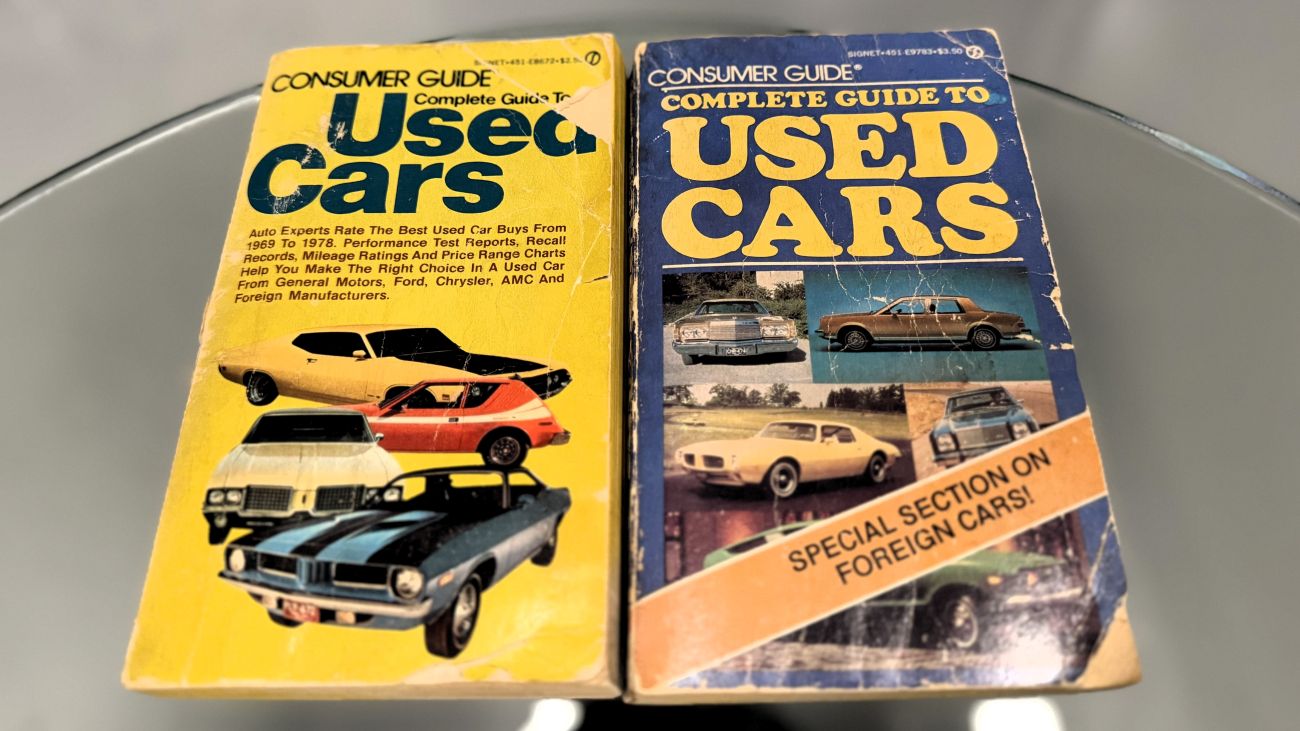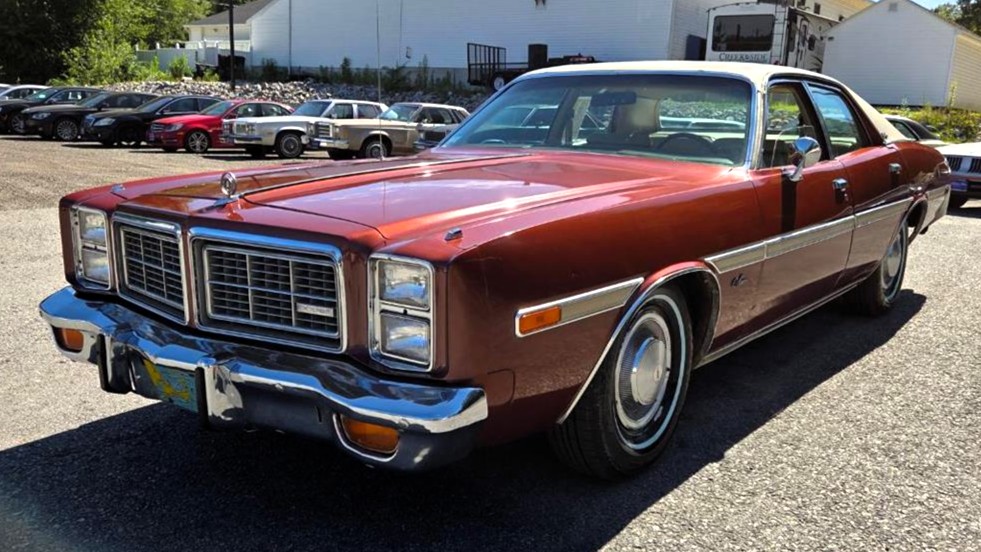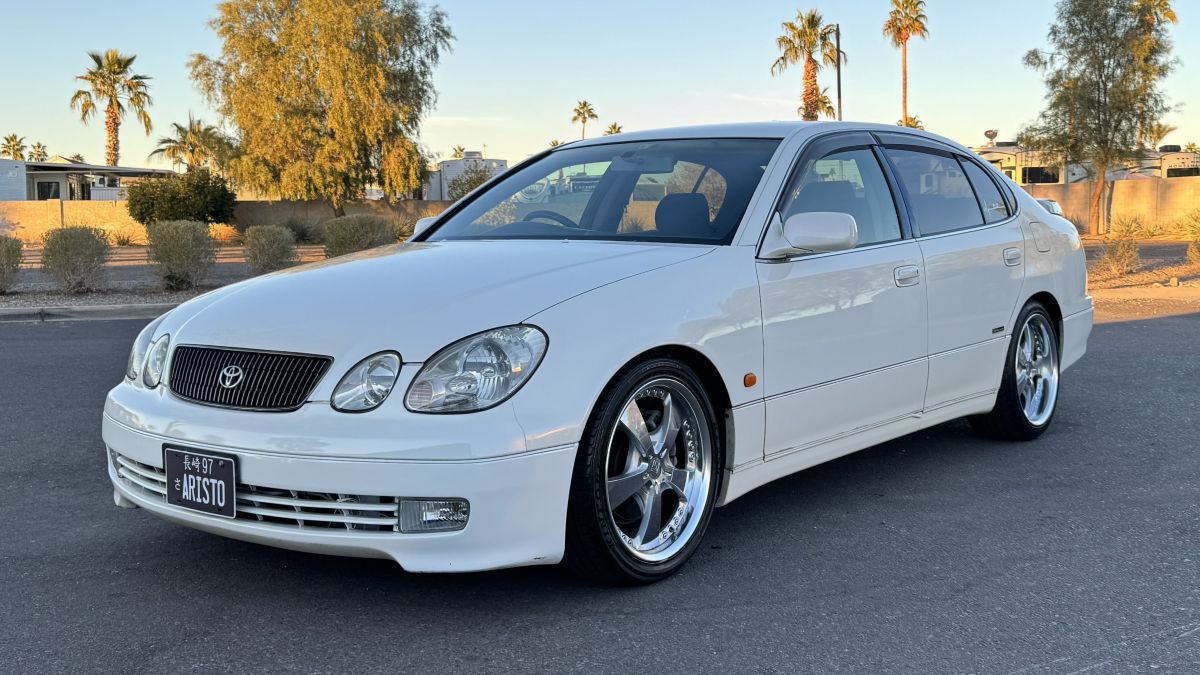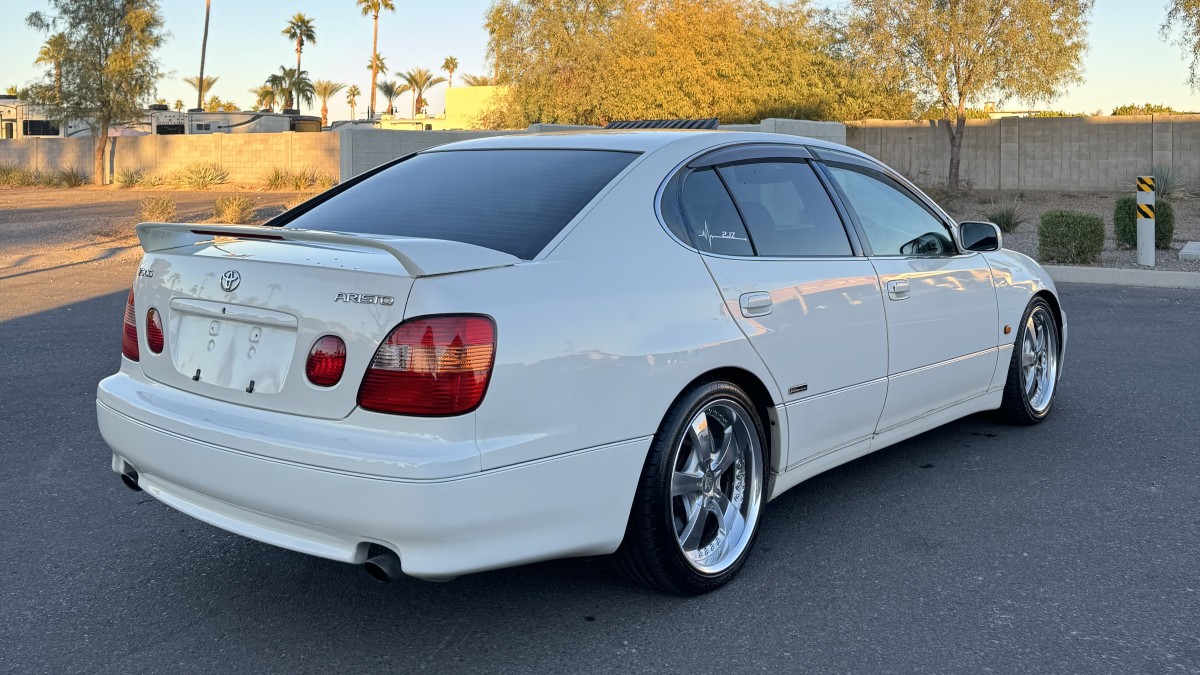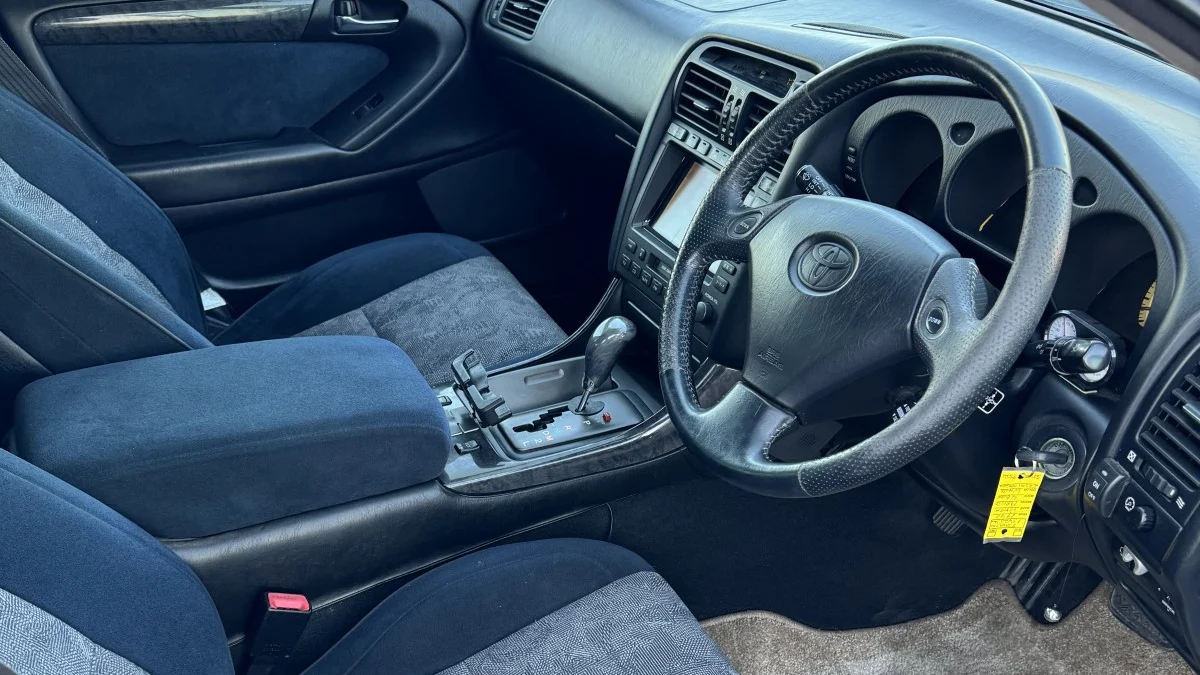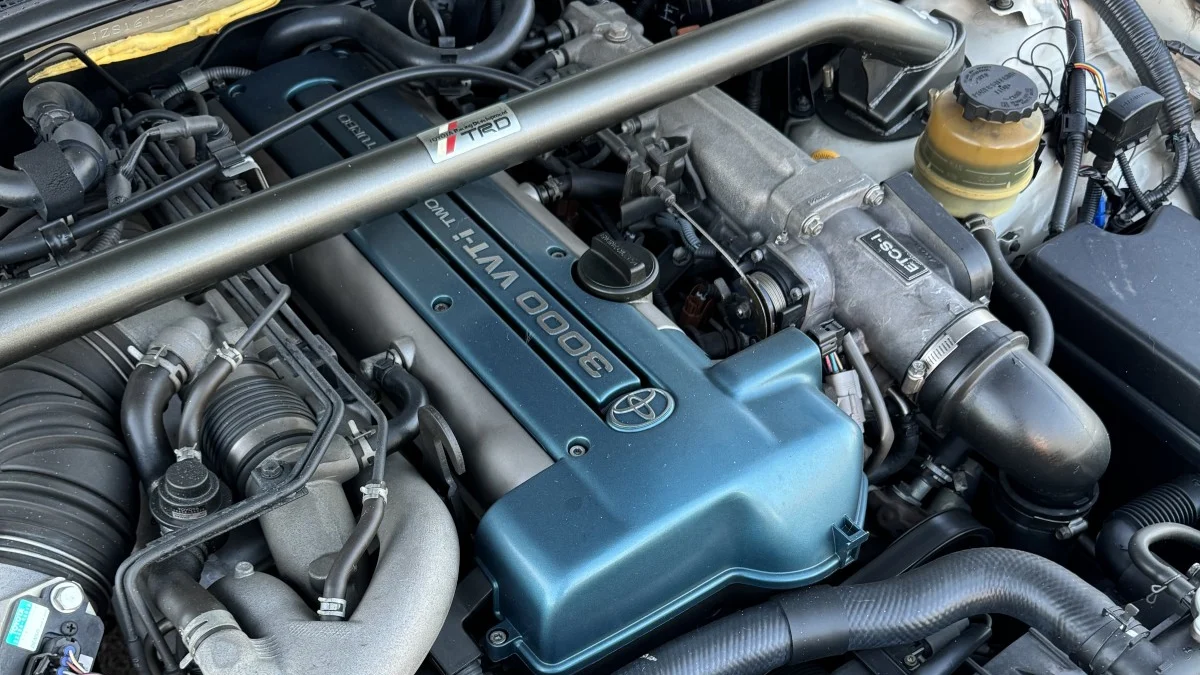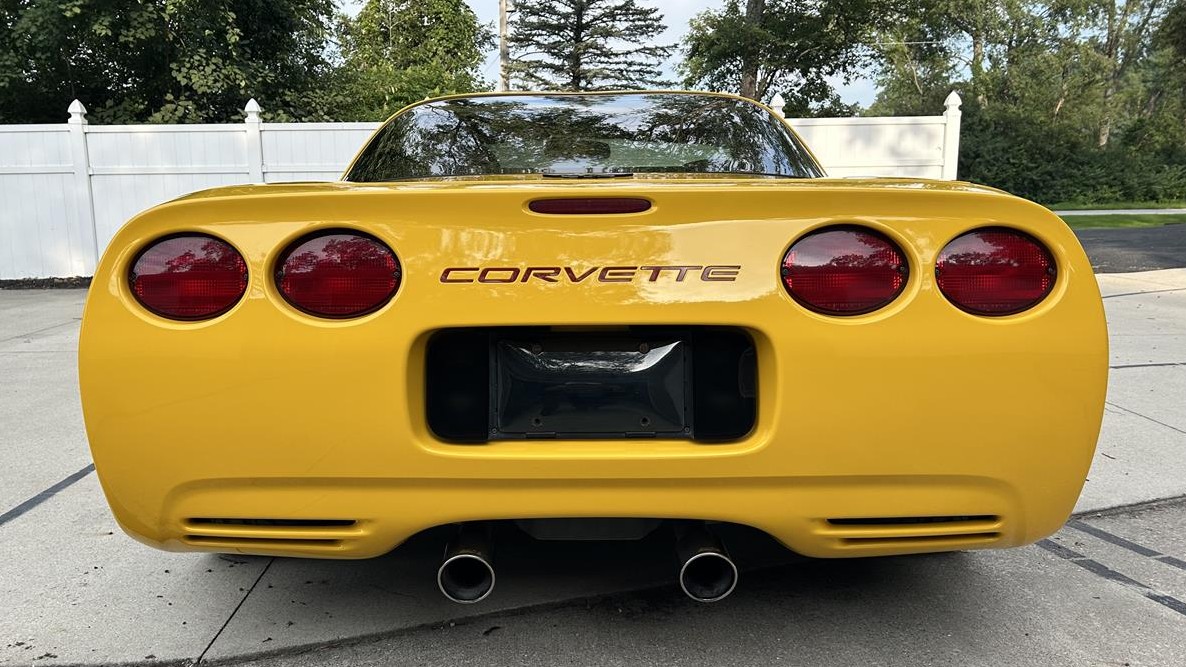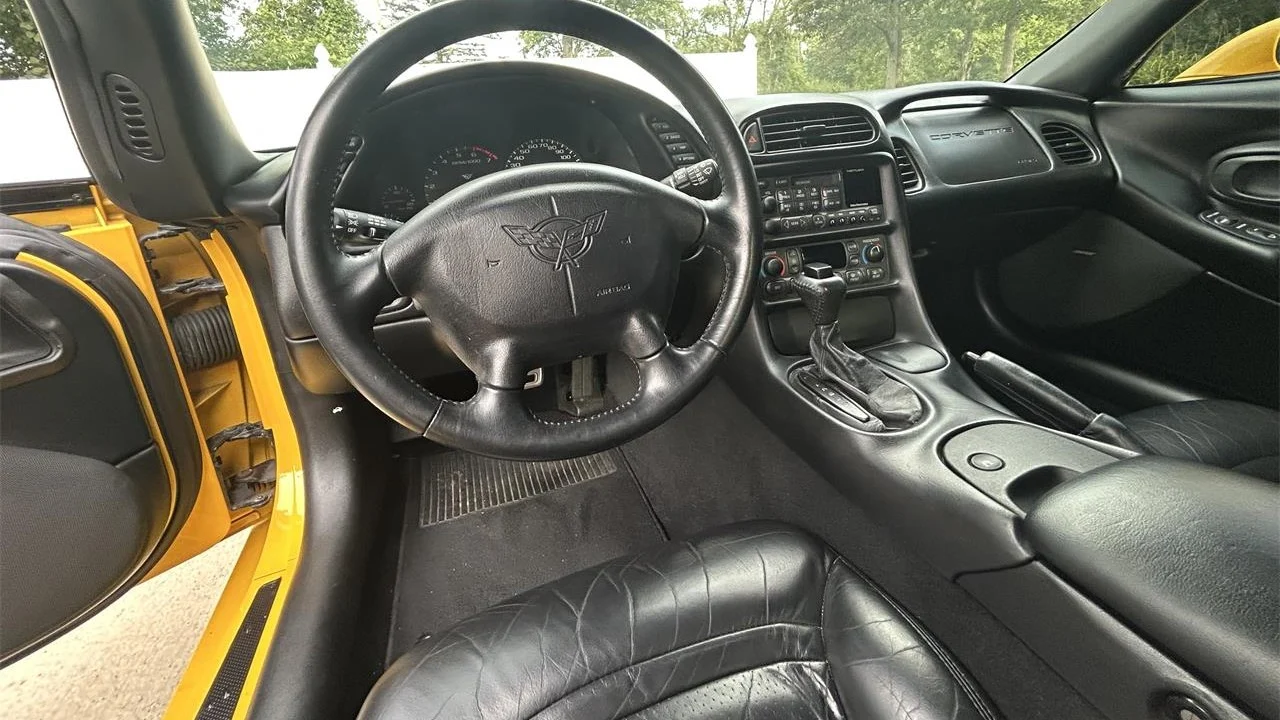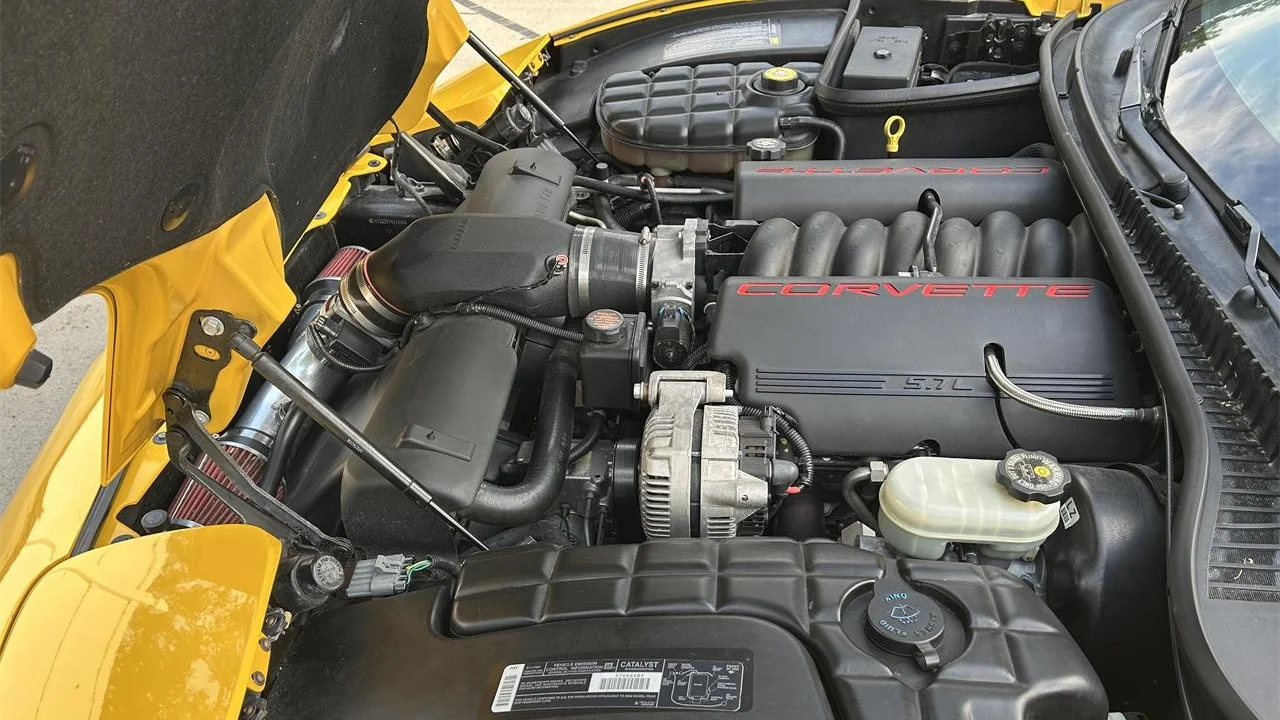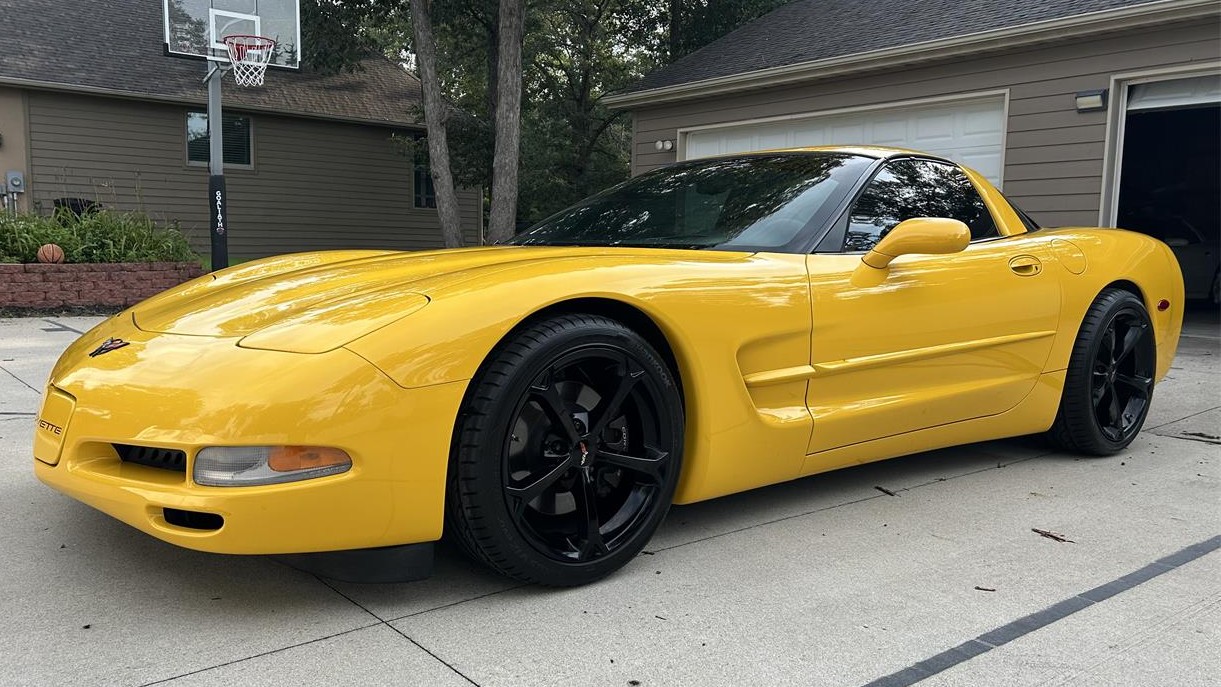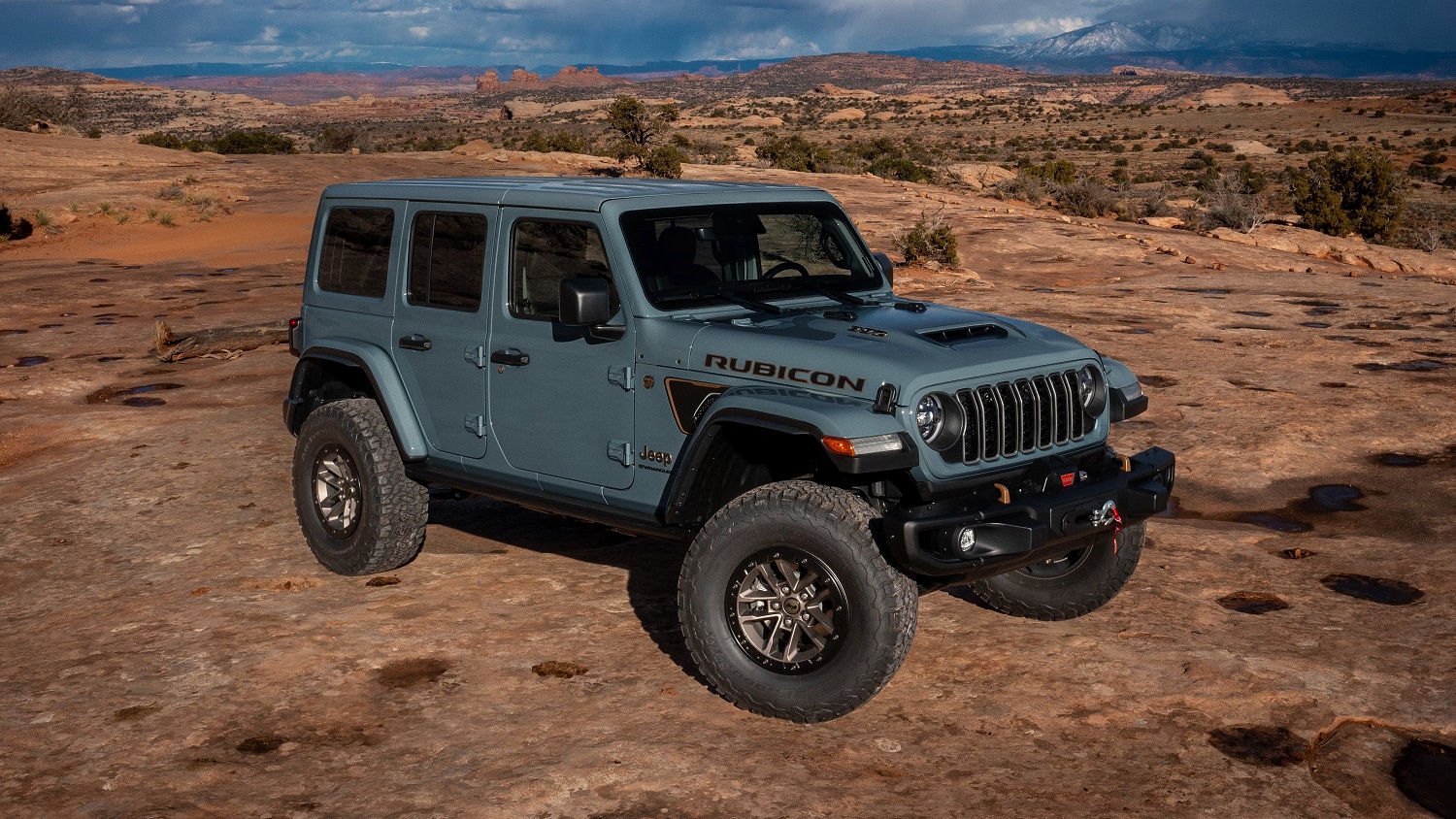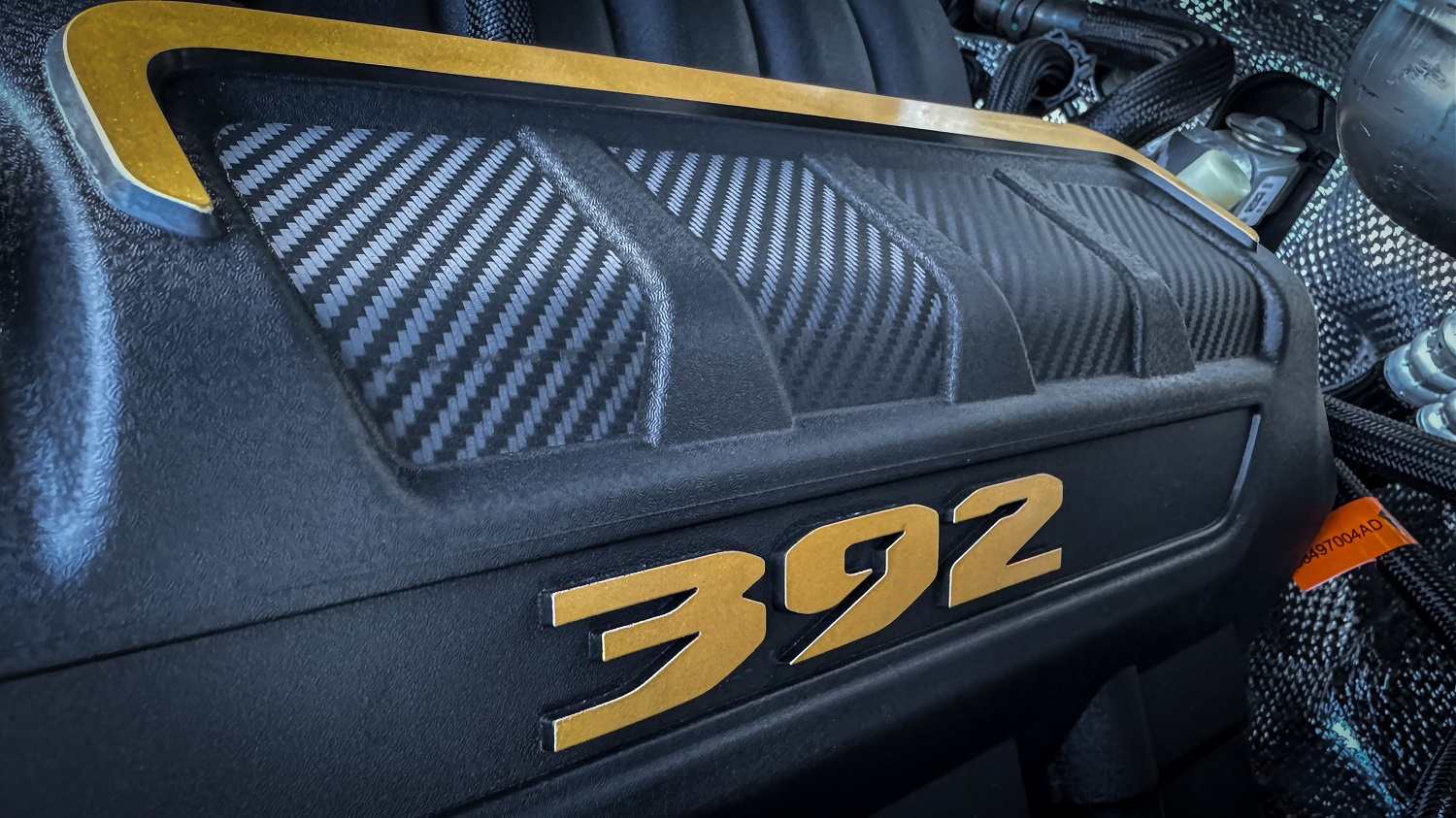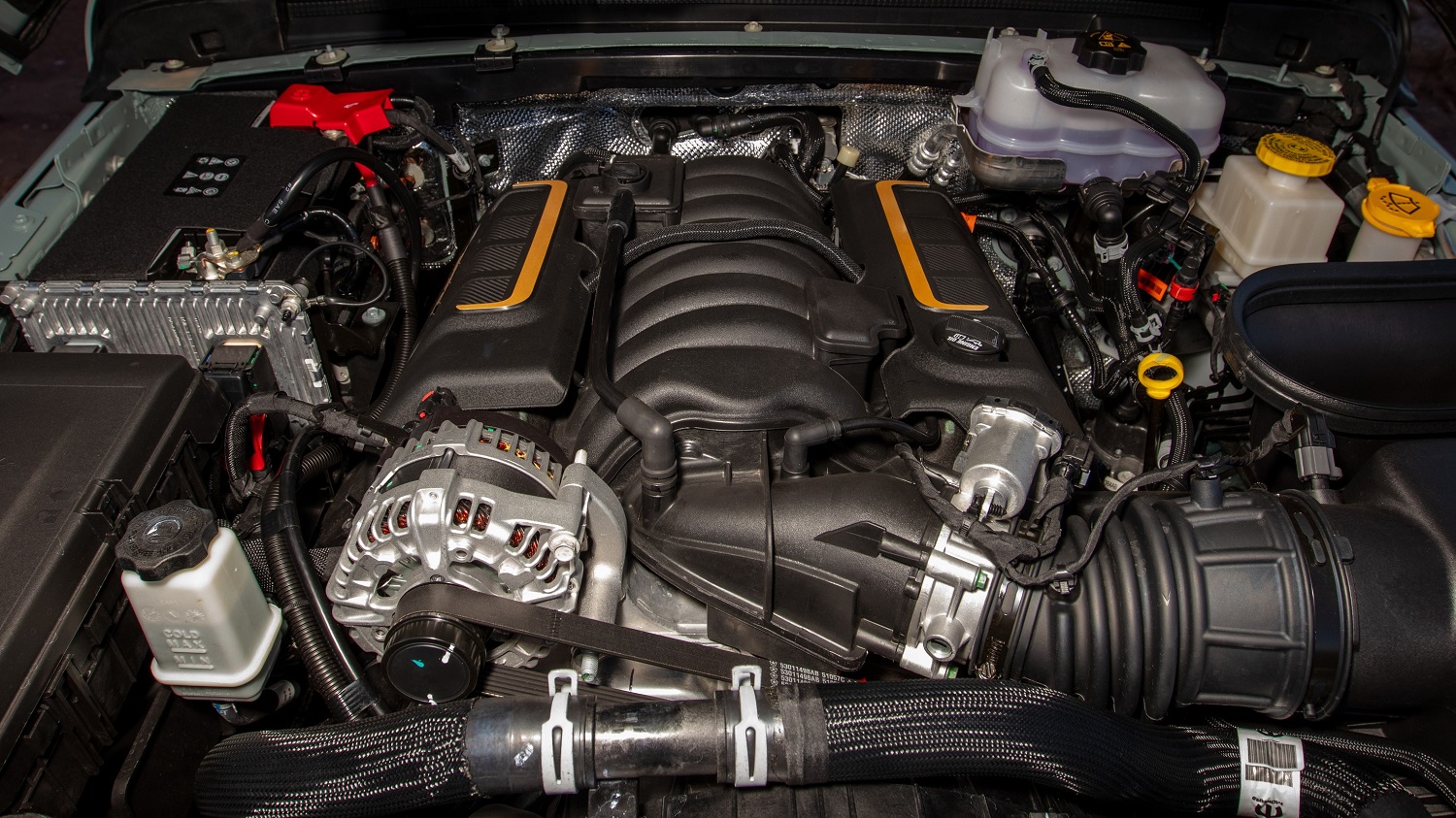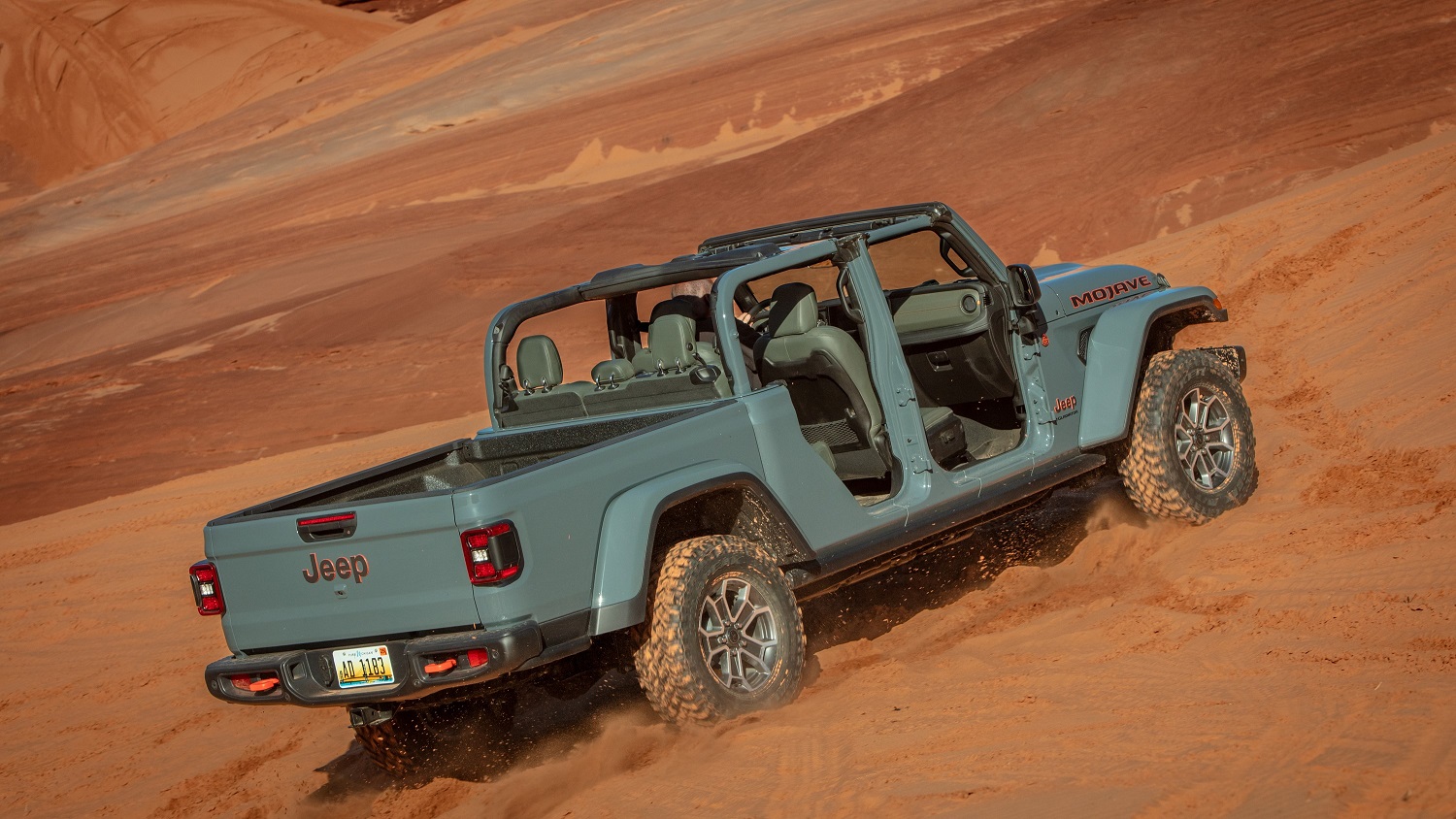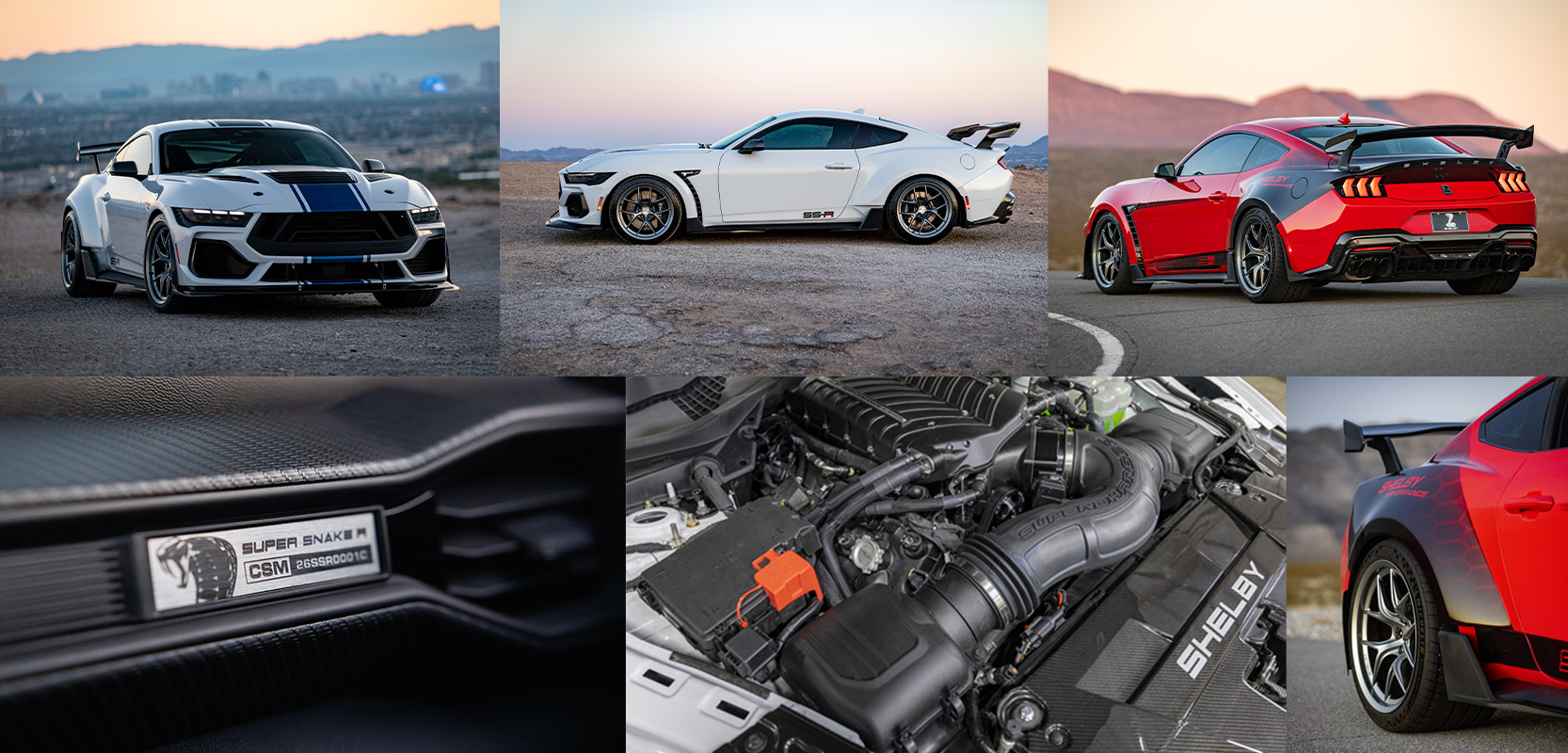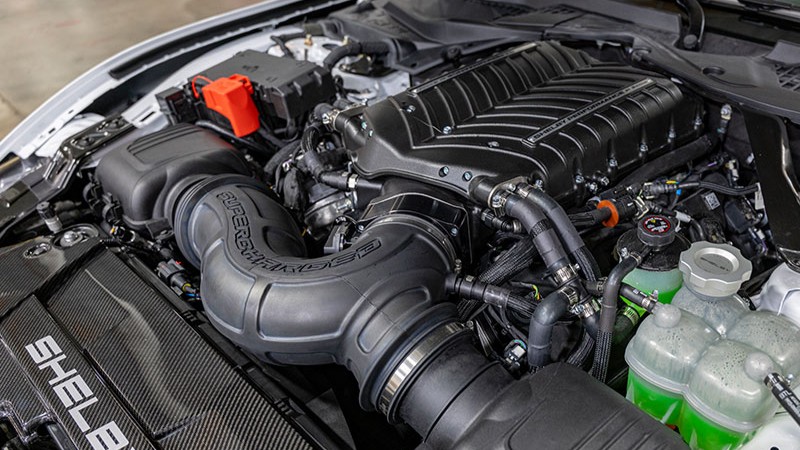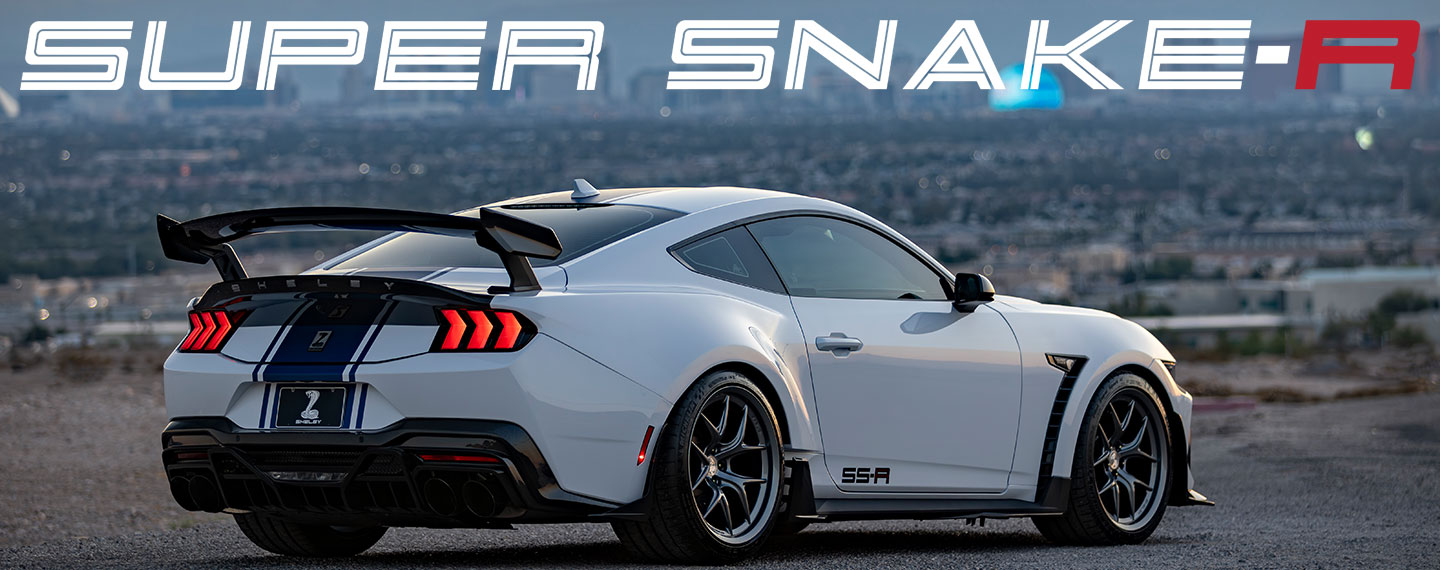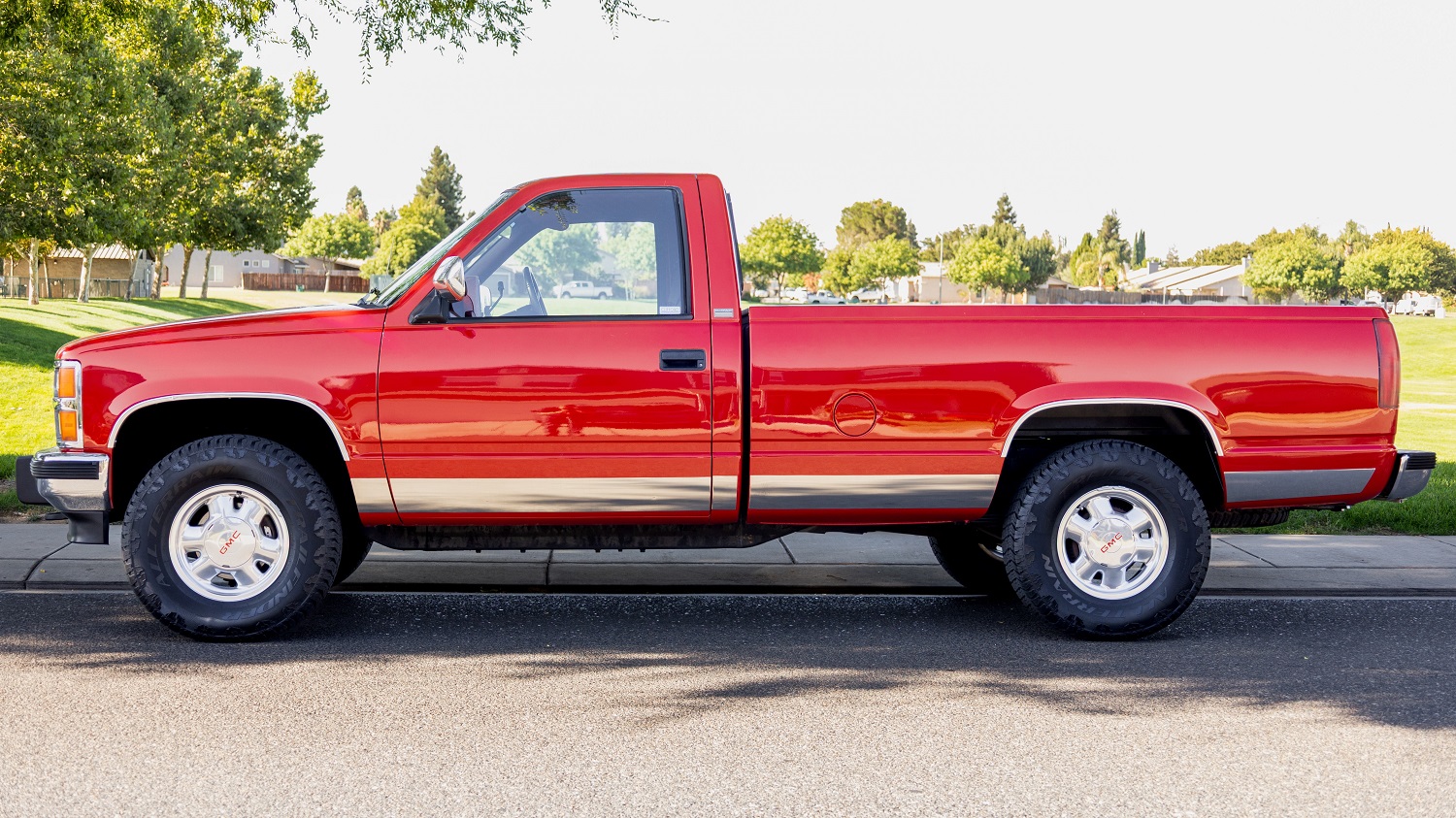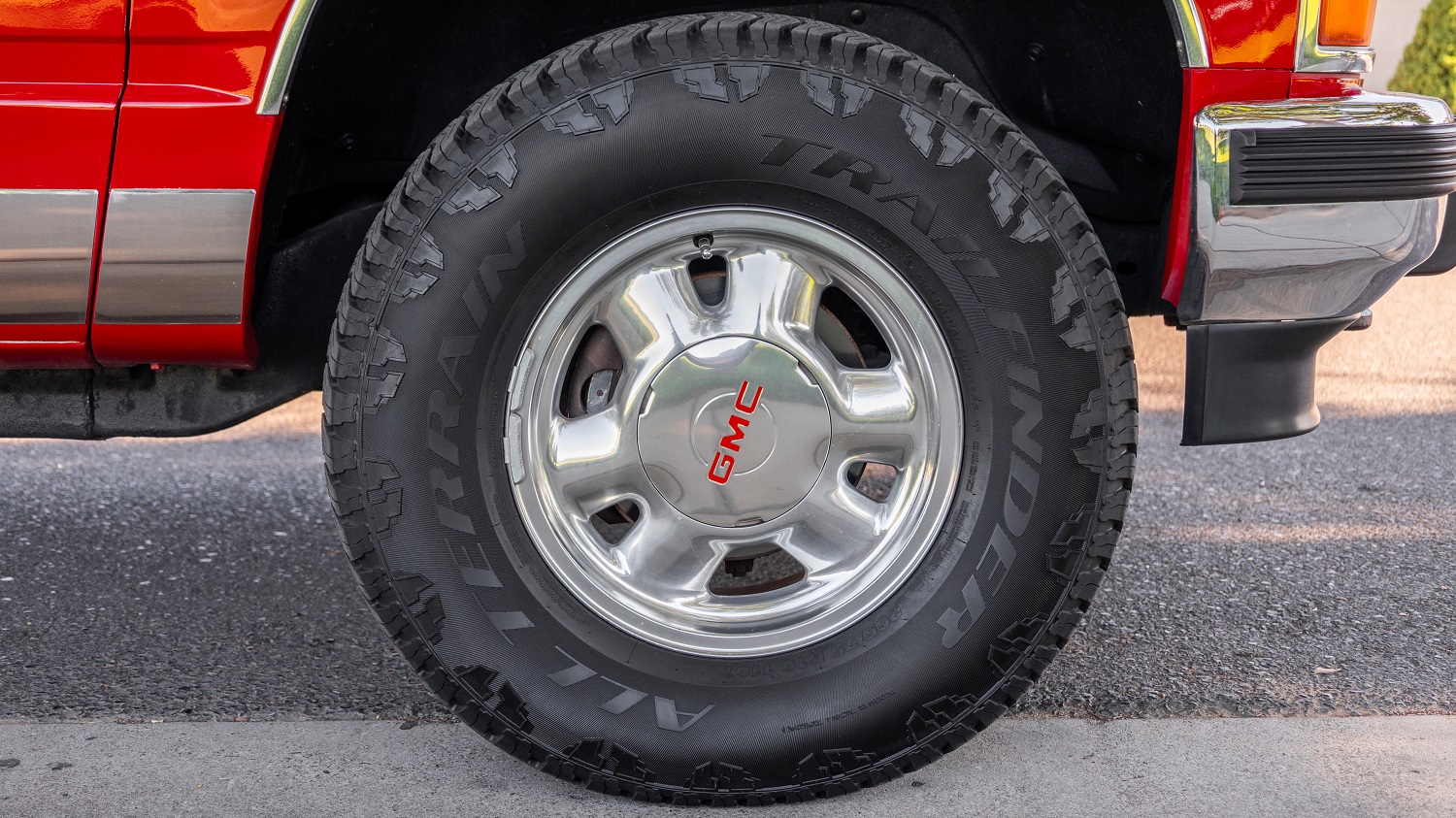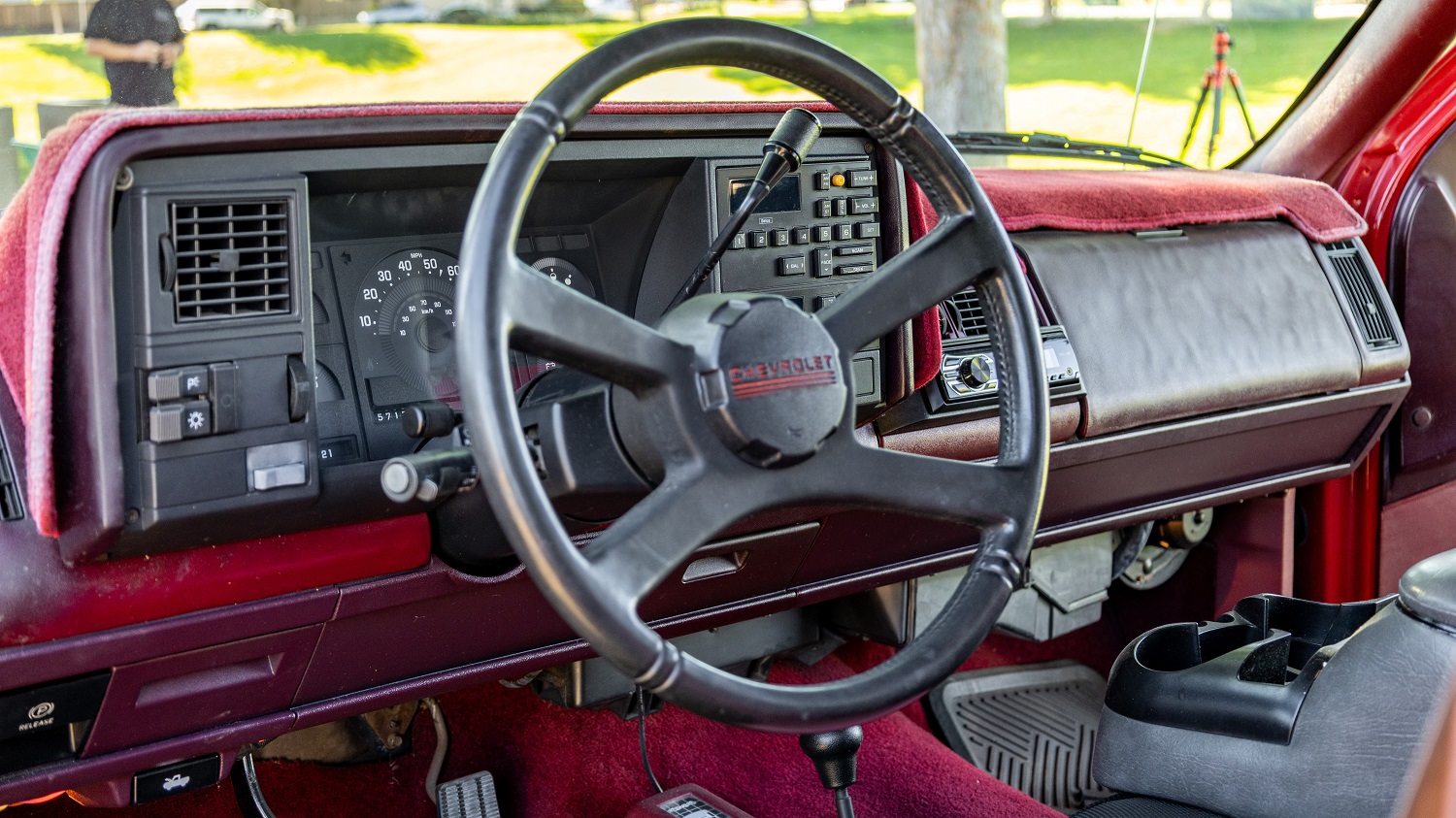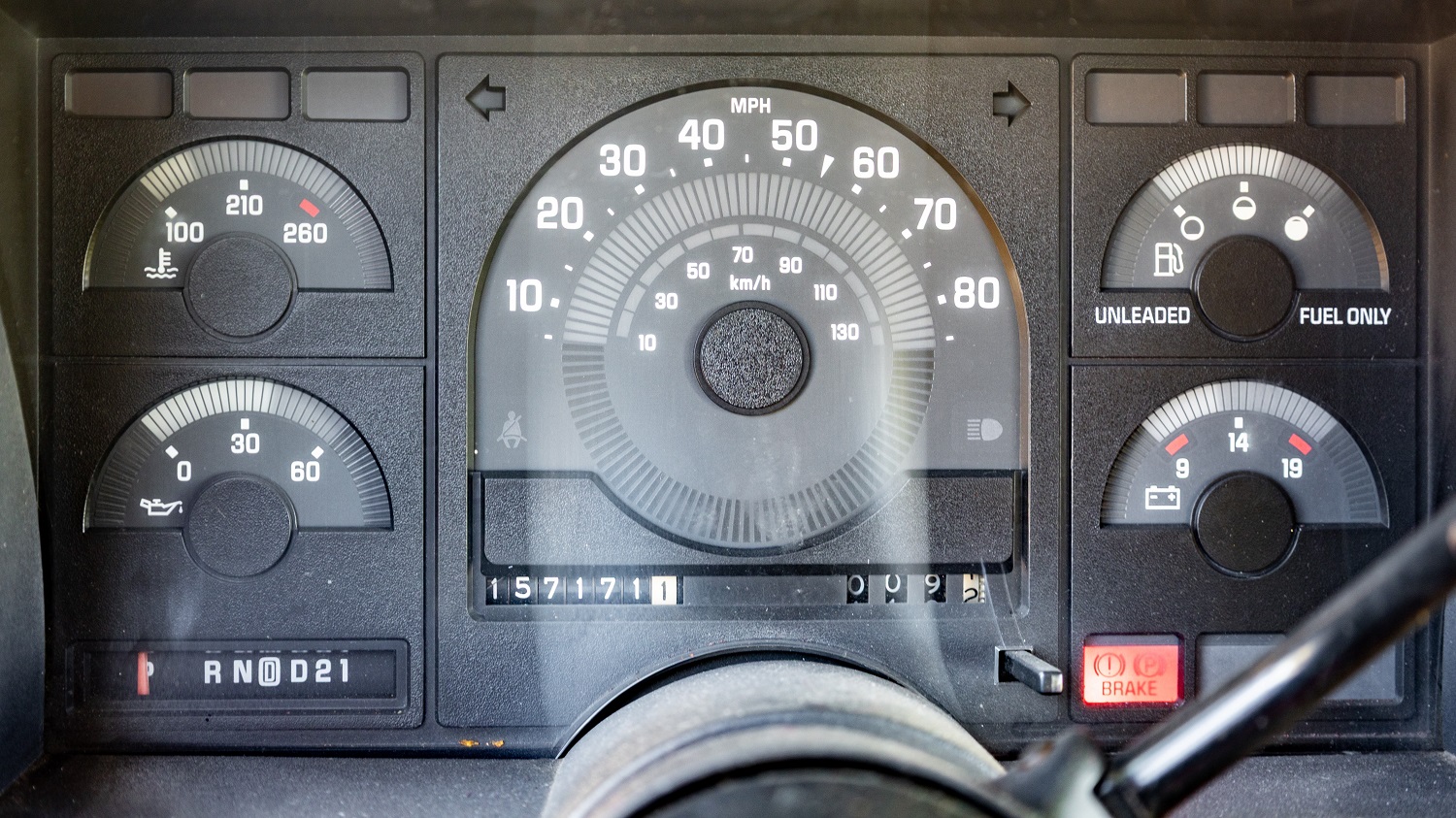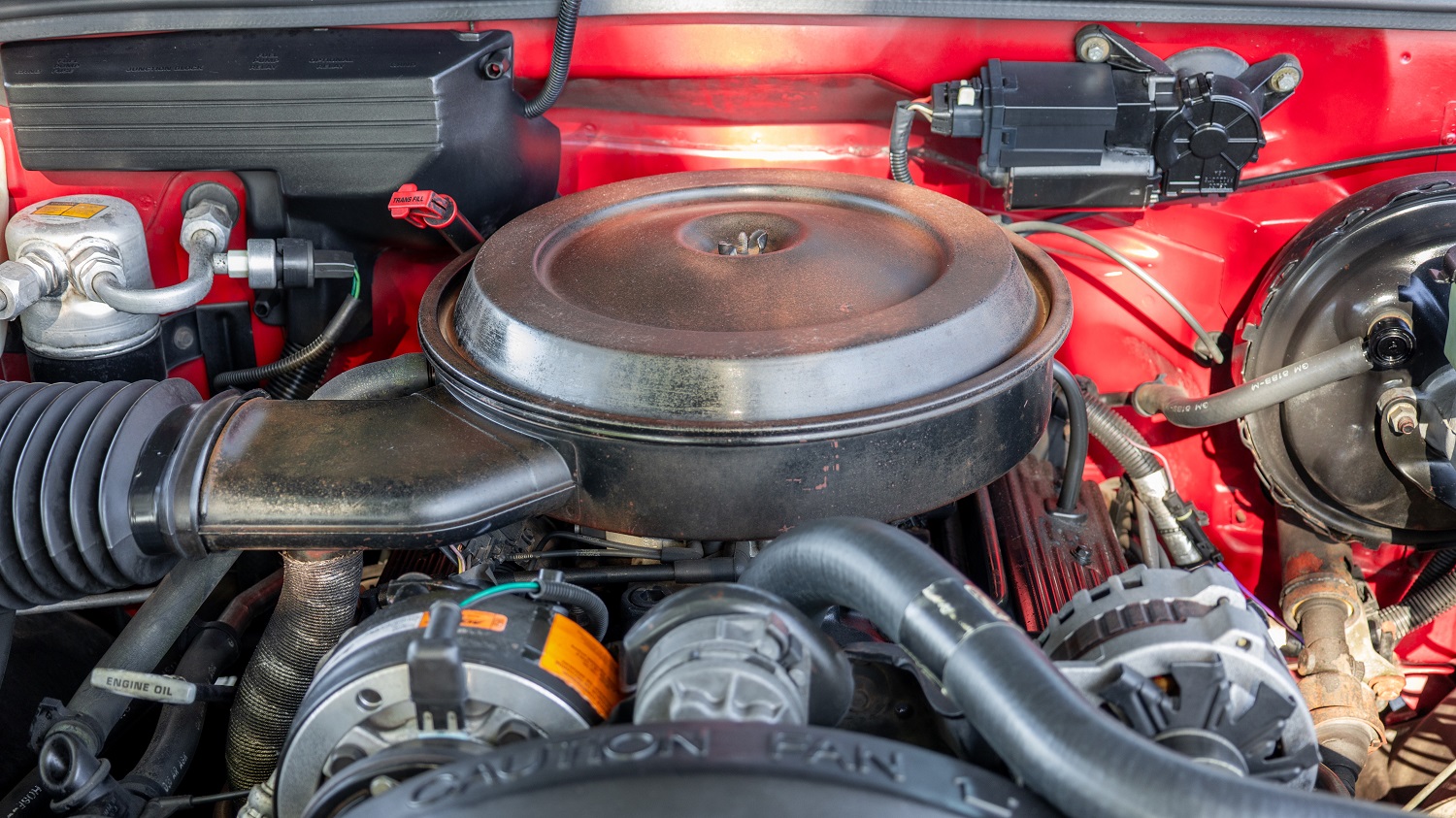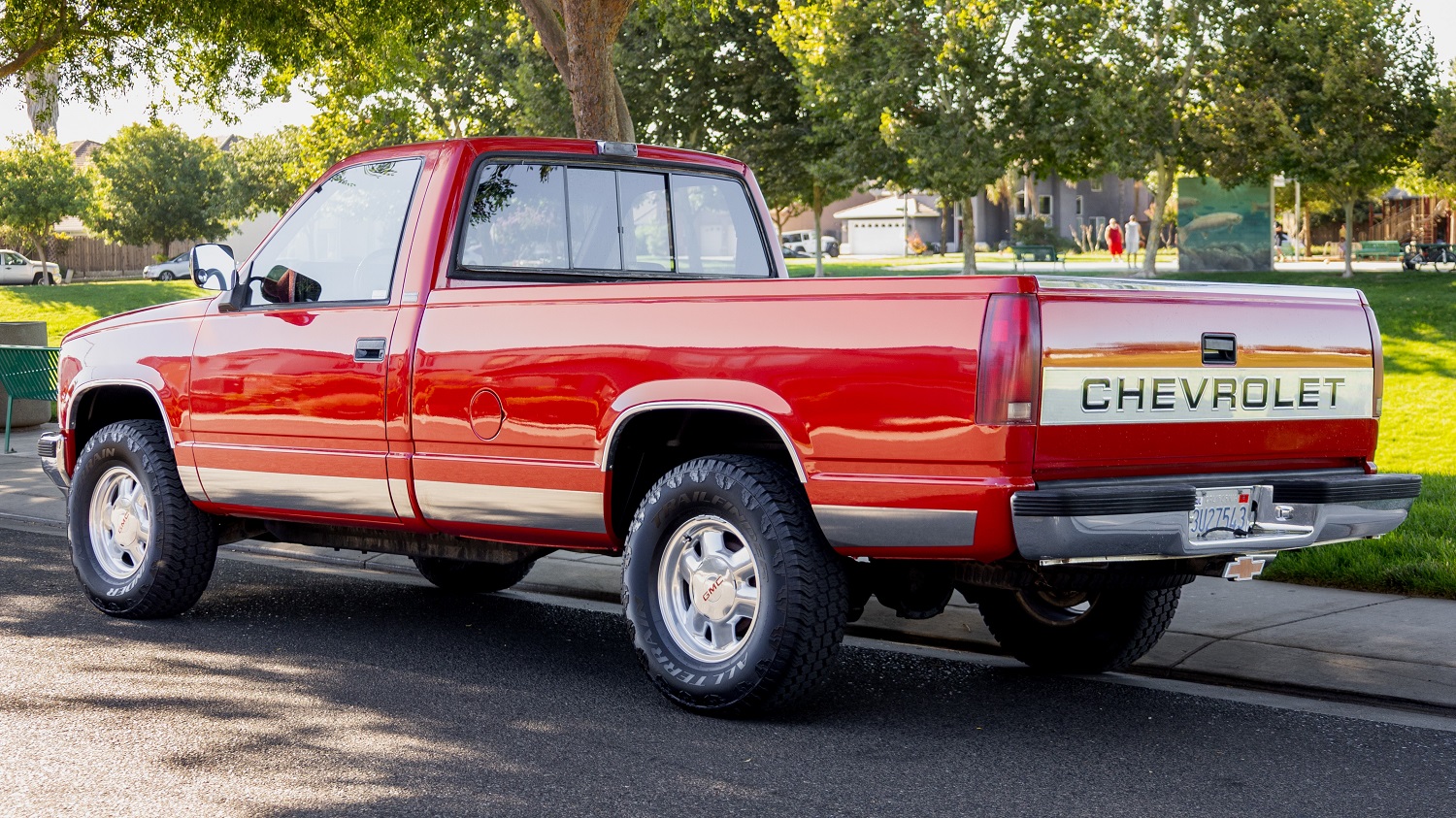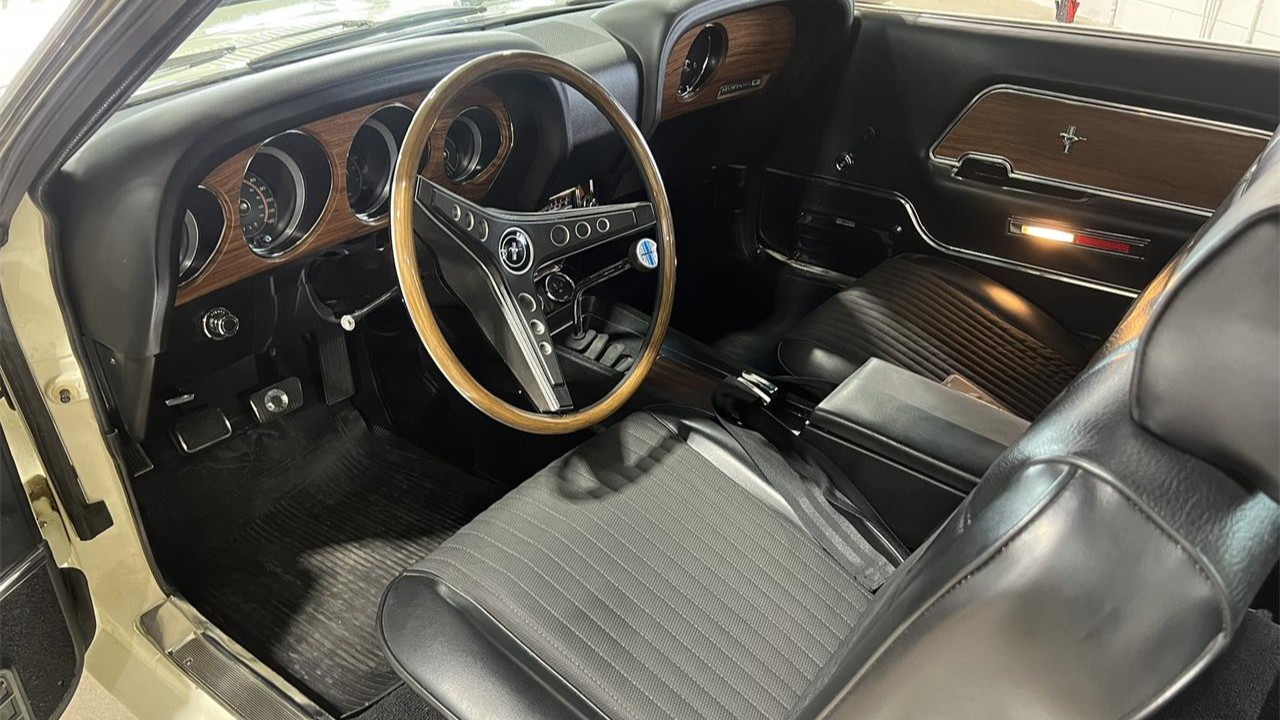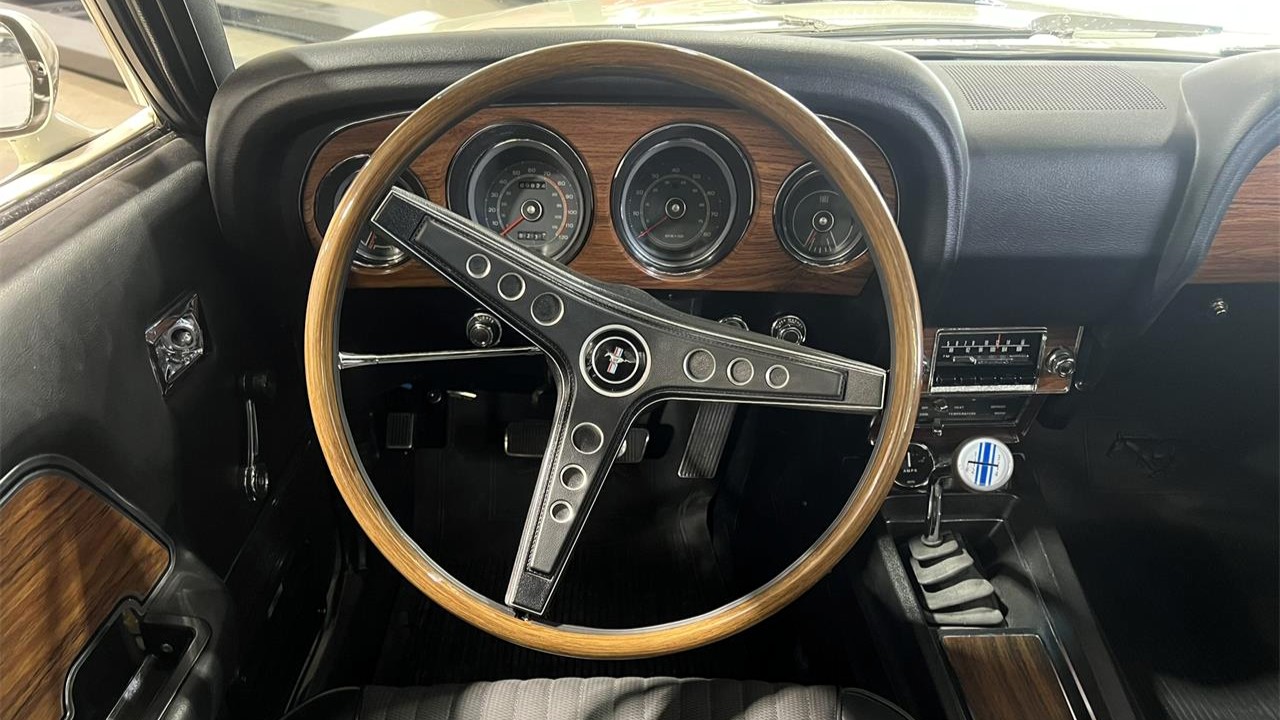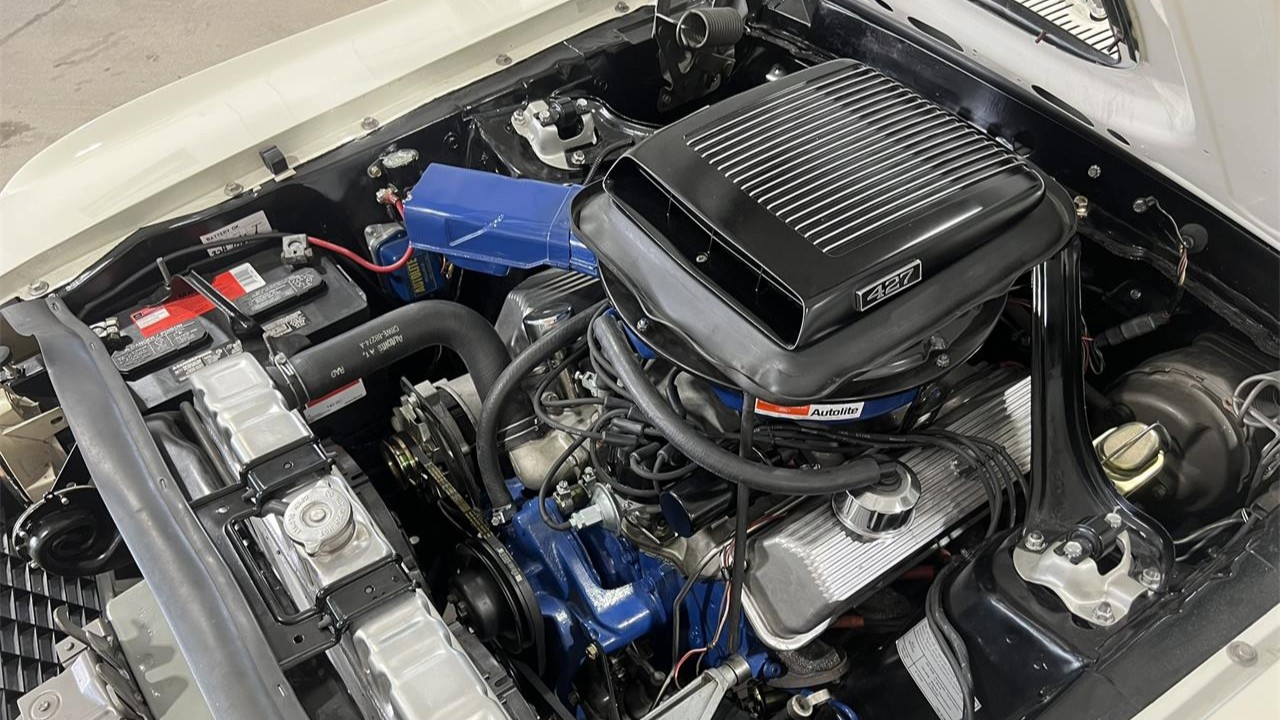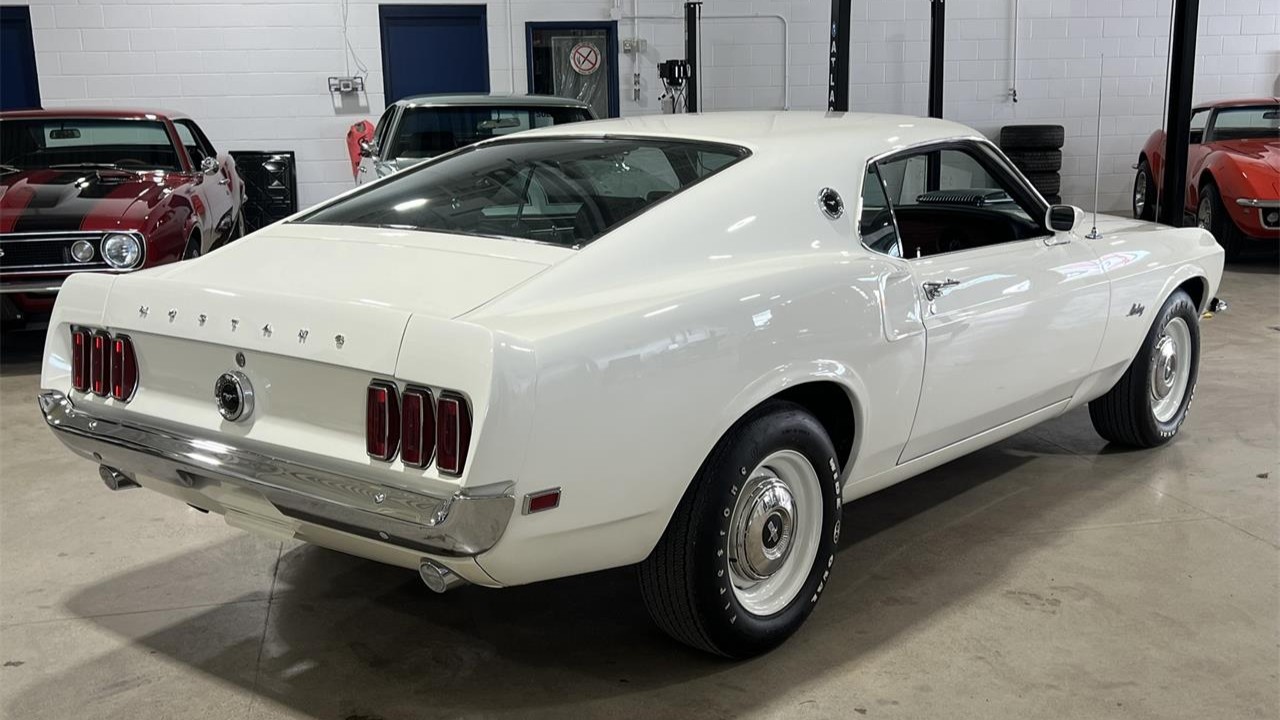What is the best car of the past half-century? Some Corvette? Prius? Certainly, it will be something that has created reverberations throughout the industry. According to Best Cars of the Year—The New Car World Championships, it’s the Volkswagen Polo.
Polo?! Double-you-tee-eff?
Suspend disbelief and let’s examine this further before throwing expletives: This is a Euro-centric selection we are dealing with, so we should look at it with different eyes. Europeans, of course, have a different market with different needs, different laws, and different roads (never mind the Brits drive on the wrong side of the road).
The Polo, being the Volkswagen that was a notch down in size from the Rabbit/Golf, was never sold in the United States, so it is difficult to fathom from an American point of view why it would be selected. So, who’s doing the crowning here?
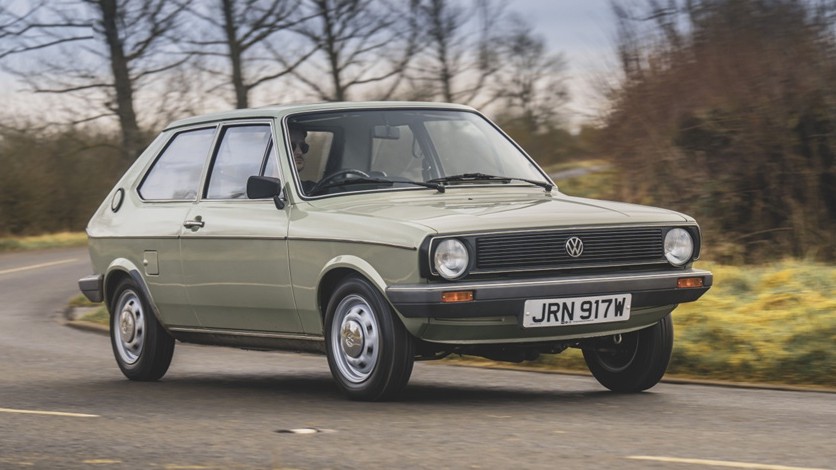
Best Cars of the Year is a British non-profit that runs the New Car World Championships. According to its website, “At the heart of the project sits a genuinely unique, hand-picked judging panel that votes for (or against), then announces the latest World Champion vehicles for consumers across the globe.” The international judges are made up of designers, engineers, motorsports legends, journalists, broadcasters, and more. They all work within a democratic system to cast their votes for any car regardless of price or volume.
The team of judges select the New Car World Champion every year, plus several cars in more discrete categories (such as Best Car Line-up, Best Sports Car, and Best Affordable Hybrid). For 2025, the Best Cars of the Year folks decided to ask the judges to determine the Best Cars of the Half Century. The Polo, which was introduced 50 years ago, was their selected winner.
“The 20 million motorists who have been buying Volkswagen Polos since 1975 cannot be wrong,” says Mike Rutherford, founder of the Best Cars of the Year—The New Car World Championships. “It’s the most consistently credible supermini of the past 50 years and has repeatedly hit the sweet spot in terms of understated design, overall dimensions, build quality, competitive retail pricing, efficiency and low standing and running costs. It’s super strong on overall affordability, durability and longevity.”
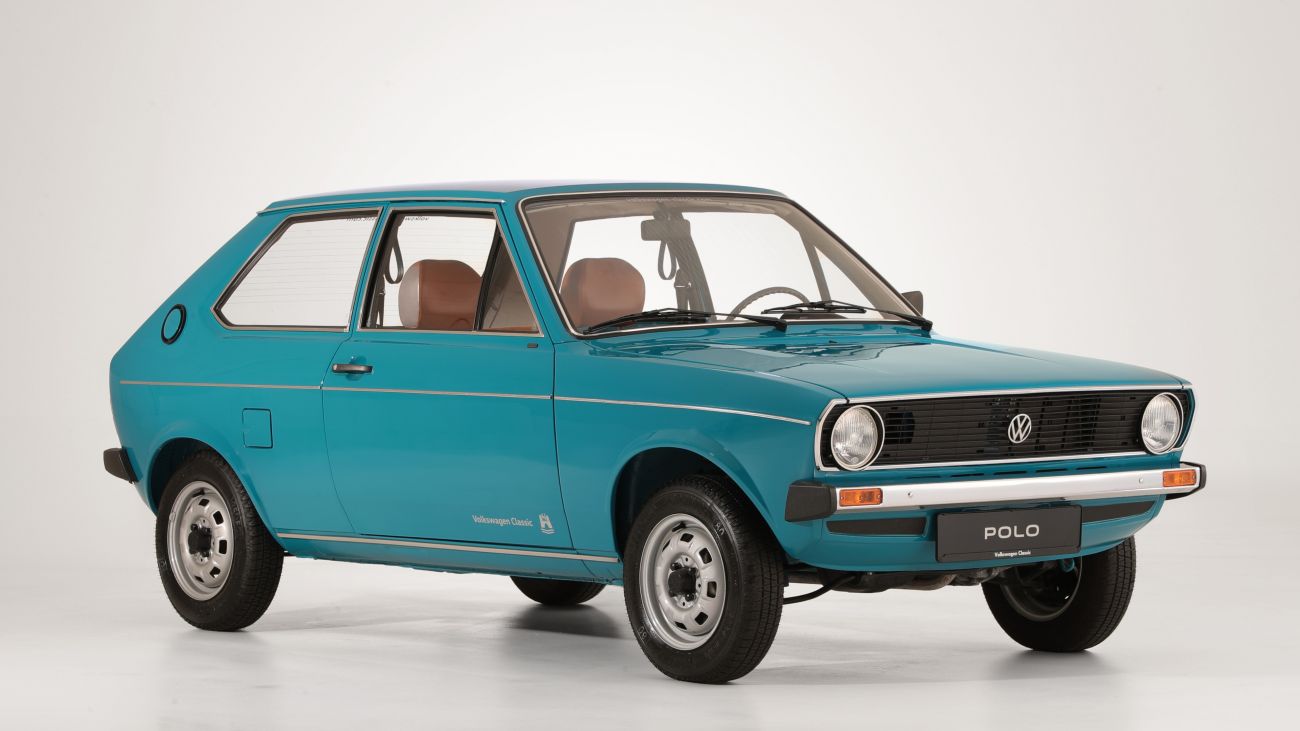
Since its introduction, the Volkswagen Polo has been among the top 20 best-selling cars in Europe, with worldwide sales of 20 million during its tenure. Interestingly, the Polo was simply a rebadged Audi 50 that was introduced the year before. However, as Audi began to primarily focus on more upmarket vehicles, the 50 was discontinued after 1978.
If we were to focus on the North American market, what do you think the best car of the past half-century would be? Tell us in the Comments section below.
